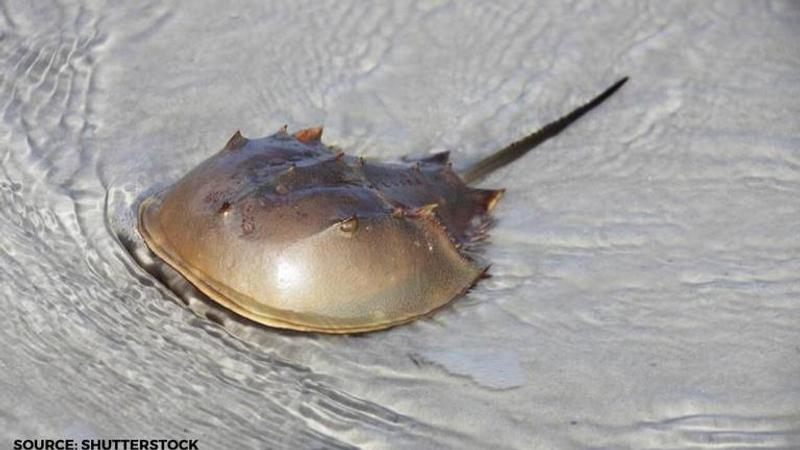Published 19:44 IST, July 3rd 2020
Horseshoe crab blood to be utilised by Swiss pharmaceutical Lonza for COVID-19 vaccine
Swiss multinational, chemicals and biotechnology company Lonza will reportedly manufacture a Covid-19 vaccine with horseshoe crab blood this month.

As per reports, Swiss multinational, chemicals, and biotechnology company Lonza, will manufacture a Covid-19 vaccine with horseshoe crab blood this month. Horseshoe crab blood is used by several pharmaceuticals because it contains a natural source of Limulus amebocyte lysate, a substance that helps to detect the presence of a contaminant called endotoxin. This contaminant is capable of making its way into vaccines, injectable drugs, or other sterile pharmaceuticals such as artificial knees and hips. The presence of endotoxins in drugs can severely damage human health. Hence it is necessary to use horseshoe crab blood to detect its presence.
Horseshoe crab blood uses:
Horseshoe crab blood has several uses in addition to detecting Endotoxin. Some of the uses of horseshoe crab blood are:
- Horseshoe crab blood can be used to test anything that is surgically implanted.
- It can be used to test any materials that have been injected into the body.
- It can be used to test something that has been swallowed by an individual.
- Some of the things that can be tested by using horseshoe crab blood are hip replacements, heart stents, pharmaceuticals, and vaccines such as the annual flu vaccine.
How is horseshoe crab blood harvested?
Horseshoe crabs are largely found at beaches across the mid-Atlantic U.S. during full-moon spring nights. Horseshoe crabs primarily arrive at the U.S. mid-Atlantic beaches to lay their eggs. Every year, pharmaceutical companies arrive at the mid-Atlantic beaches during full-moon springs. During this time, horseshoe crabs are collected and bled, following which they are returned to the oceans. Are you wondering ‘how much blood does horseshoe crab have?’ On average, a small adult horseshoe crab can provide 50 ml of blood whereas a large female horseshoe crab can provide a maximum of 400 ml blood.
Disadvantages & consequences of using horseshoe crab blood:
According to National Geographic, the use of horseshoe crab blood has the following disadvantages & consequences:
- Horseshoe crab blood is quite expensive. The approximate horseshoe crab blood price is $60,000 per gallon.
- The process of catching crabs and harvesting their blood is quite time-consuming.
- To obtain horseshoe crab blood, the horseshoe crabs are collected and bled, following which they are returned to the oceans. Several crabs often die after they are returned to the ocean.
- Further, due to the increasing demand for drugs and vaccines, several horseshoe crabs are being killed. Due to this, the species is now severely endangered.
- Endangerment of horseshoe crabs disrupts the food chain as several cornucopia birds rely on them for food.
A statement given by the director of The Nature Conservancy in New Jersey:
In a statement given to a media portal, Barbara Brummer, state director for The Nature Conservancy in New Jersey expressed her thoughts about the use of horseshoe crabs in the pharmaceutical industry. Barbara Brummer seemed to be dissatisfied with the excessive reliance of pharmaceuticals on horseshoe crabs. Further, she also mentioned that pharmaceutical companies all across the world relied on horseshoe crabs.
All Image Source: Shutterstock
Updated 19:45 IST, July 3rd 2020





